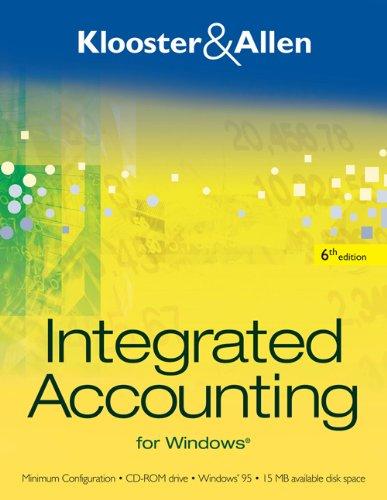

10 points References Mountain Manufacturing Company produces custom stamped metal parts for a variety of customers in Western Canada. During January, the company had twojobs in process. Job A was an order for 1,200 stamped parts and was started in December. Job A had $12,000 of manufacturing costs already accumulated on January 1. Job B was an order for 1,000 stamped parts and was started in January. The company used ajoborder costing system. Total manufacturing overhead for the year was estimated to be $576,000. Mountain Manufacturing uses direct labour-hours as the allocation base to establish its predetermined overhead rate. A total of 19,200 direct labour-hours are expected to be worked during the year. On January 1, the start of the company's scal year, inventory account balances were as follows: Raw Materials $15,000 work in Process $12,000 Finished Goods $10,000 During the month of January, the following transactions were completed: a. Raw materials were purchased for $30,000. b. Raw materials were requisitioned for use in production in the amount of $35,000. Of this amount, $25,000 was related to manufacturing ($5,000 for Job A and $20,000 for Job B) and the rest were indirect materials. c. In January, $32,000 of direct labour ($7,000 for Job A and $25,000 for Job B). In addition, $2,000 ofindirect labour costs were incurred. d. In January, the company incurred the following general factory costs: Utilities expense of $8,000, rent on factory equipment of $8,000, and insurance costs of $1,900. e. The company recognized $10,000 in depreciation on factory equipment. f. The company applied manufacturing overhead to Job A and Job B. A total of 350 direct labourhours were spent completing Job A and 1,250 direct labour-hours were recorded for Job B. 9. Administrative salaries of $30,000 were paid in January. h. Selling expenses totalled $6,000 in Januaw. i. Job A was completed in January. The completed cost of Job A according to thejob cost sheet was $34,500. Job B remains in process at the end of January. j. Sales of all 1,200 units in Job A were recorded on account in the amount of $48,300 in January. Manufacturing Overhead Accounts Payable Beg. Bal. Beg. Bal. End. Bal. End. Bal. 0 Salaries & Wages Payable Salaries Expense Beg. Bal. Beg. Bal. End. Bal. End. Bal. 0 Sales Cost of Goods Sold Beg. Bal. Beg. Bal. End. Bal. 0 End. Bal. 0 Accumulated Depreciation Selling Expenses Beg. Bal. Beg. Bal. End. Bal. 0 End. Bal. 02. Prepare T-accounts. Determine ending balances in the inventory accounts and in the Manufacturing Overhead account











